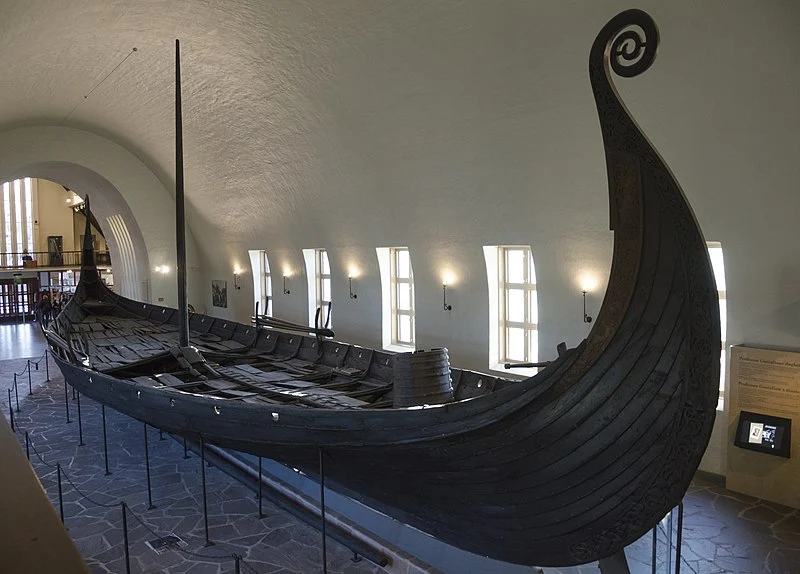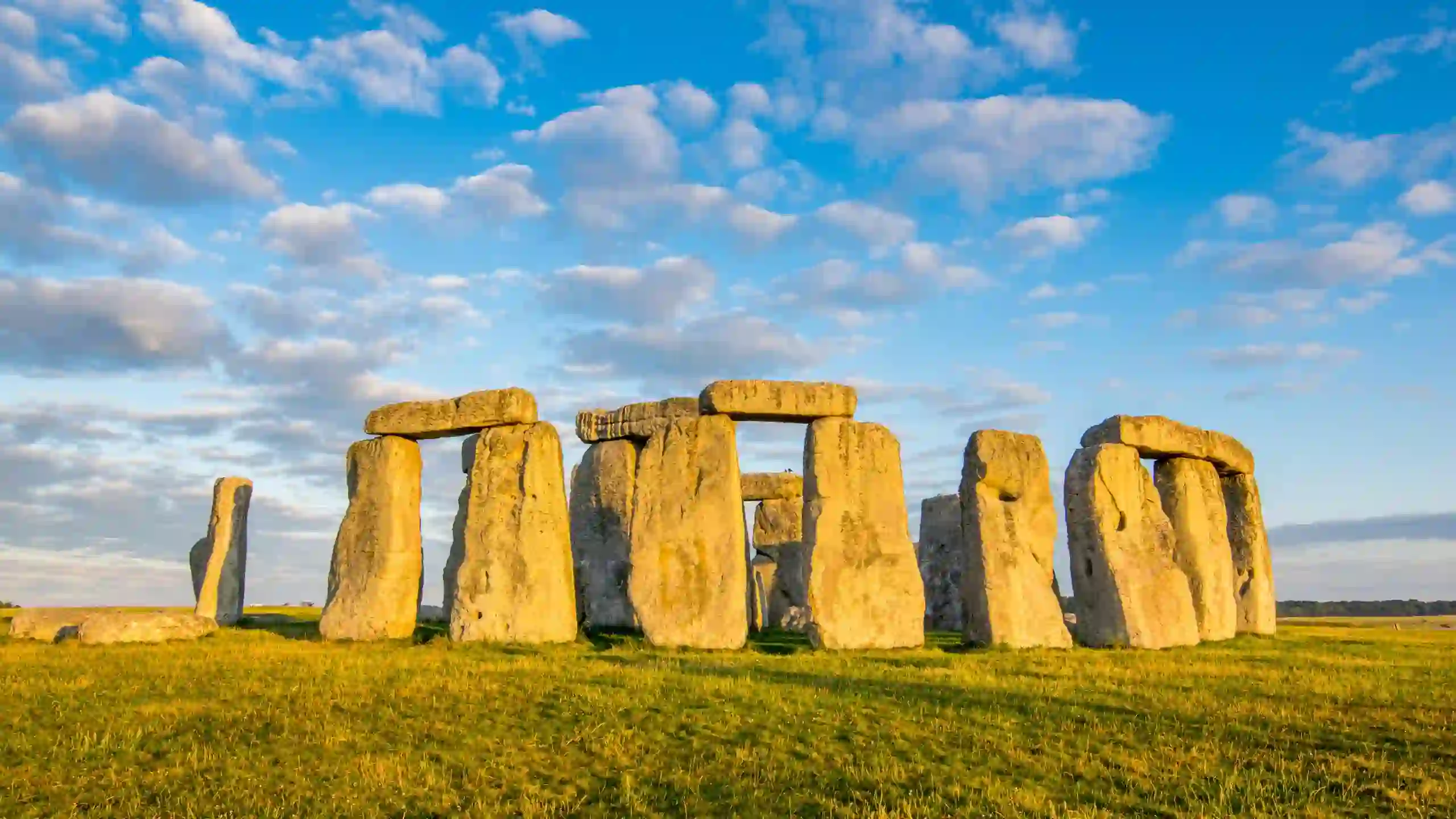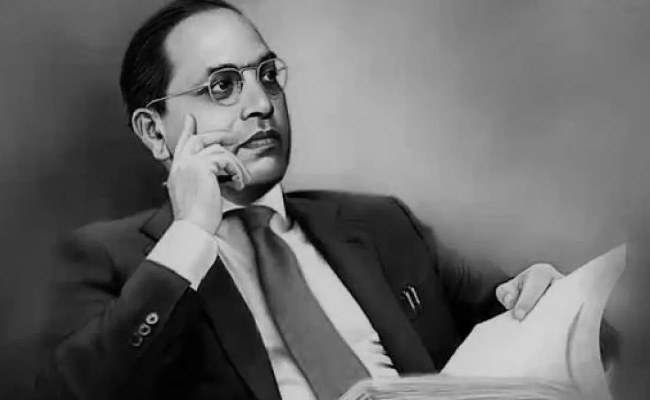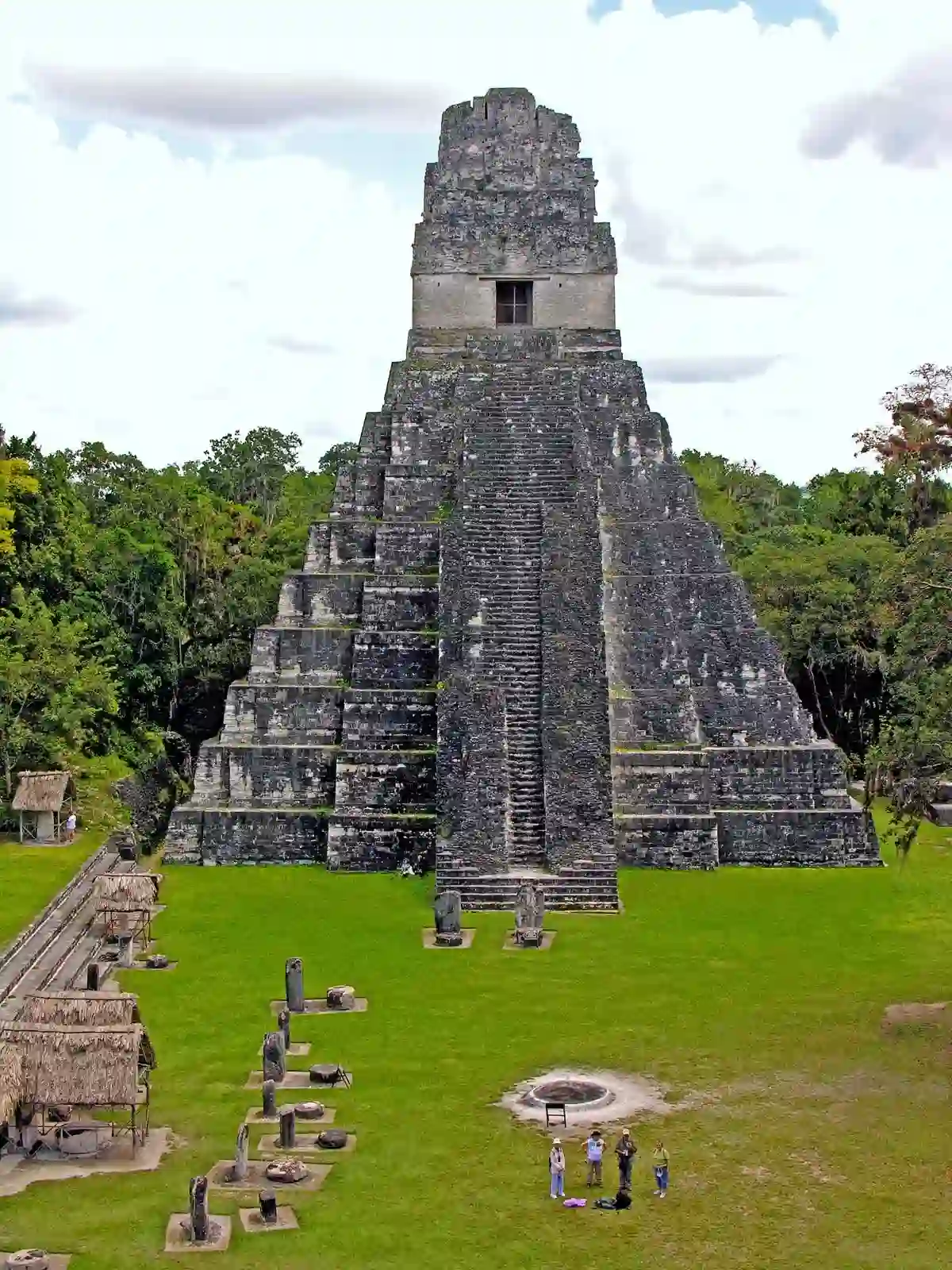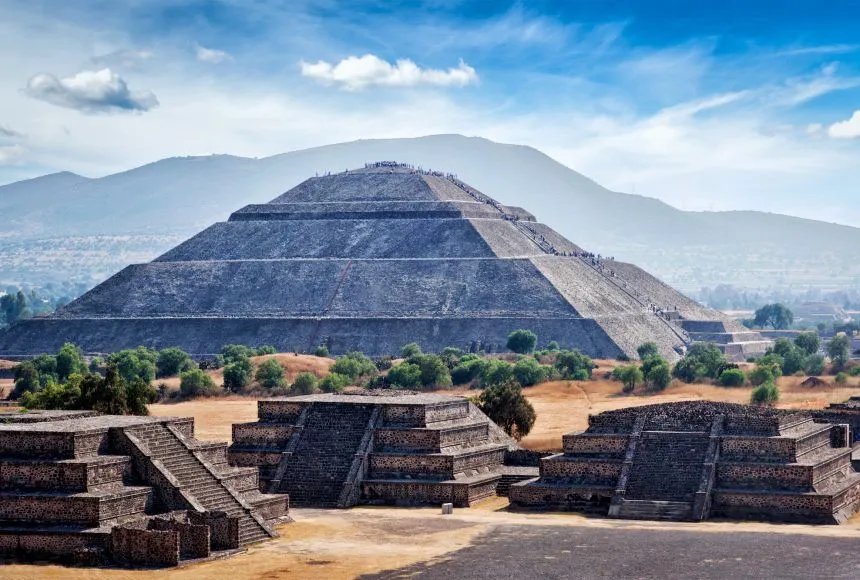Introduction: Viking history has long captivated the imaginations of people worldwide. These seafaring warriors, traders, and explorers from Scandinavia left an indelible mark on history. While their sagas and myths have been passed down through generations, the field of Viking archaeology has played a crucial role in uncovering the truth about their civilization. In this article, we delve into the world of Viking archaeology, exploring its significance, major discoveries, and the insights it offers into the Viking Age.
- The Viking Age: A Historical Overview To understand Viking archaeology, it is essential to grasp the historical context of the Viking Age. The Viking Age spanned roughly from the late 8th to the 11th century and was characterized by Scandinavian seafaring, exploration, and raids across Europe. It was a time of both conflict and cultural exchange, and Viking archaeological sites provide valuable evidence of their activities.
- Excavating Viking Settlements: One of the primary focuses of Viking archaeology is uncovering and studying their settlements. Excavations at sites like Birka in Sweden, Hedeby in Germany, and L’Anse aux Meadows in Canada have revealed valuable insights into Viking daily life, trade networks, and societal structures. These excavations have unearthed artifacts such as tools, weapons, pottery, and even remnants of Viking ships.
- Viking Burial Sites and Rituals: Viking burial sites offer a unique glimpse into their religious beliefs and funerary practices. Archaeologists have discovered burial mounds, ship burials, and cremation graves that shed light on the rituals associated with death and the afterlife. The famous ship burial at Oseberg in Norway, where an exquisitely preserved ship was found alongside the remains of two women, remains an iconic example of Viking burial customs.
- Unraveling Viking Trade and Exploration: The Vikings were not only warriors but also skilled traders and explorers. Through archaeological discoveries, we have gained valuable insights into their extensive trade networks, which extended as far as the Middle East, North Africa, and even America. The discovery of Viking artifacts in far-flung locations like Istanbul and Dublin attest to their global reach and impact.
- Runestones and Viking Communication: The Vikings left behind a unique form of written communication known as runes. Runestones, large stones inscribed with runic texts, have been discovered throughout Scandinavia and beyond. These inscriptions provide valuable information about Viking society, political alliances, and commemorations. They serve as tangible records of Viking history and culture.
- Vikings in the New World: Contrary to popular belief, the Vikings were the first Europeans to set foot in the Americas, long before Christopher Columbus. The archaeological site of L’Anse aux Meadows in Newfoundland, Canada, confirms their presence around the year 1000. Excavations at the site have uncovered evidence of Viking structures and artifacts, providing irrefutable proof of their transatlantic voyages.
- Modern Techniques and Advances in Viking Archaeology: In recent years, technological advancements have revolutionized the field of Viking archaeology. Ground-penetrating radar, LiDAR, and other non-invasive techniques have allowed archaeologists to explore Viking sites without extensive excavation. This has helped in mapping out entire settlements, identifying burial sites, and preserving delicate artifacts.
Conclusion: Viking archaeology continues to unravel the mysteries of the Viking Age and challenge our preconceived notions about these ancient seafarers. Through excavations, studies of burial sites, and the examination of artifacts, we gain a deeper understanding of Viking society, their travels, and their impact on the world. The field of Viking archae
![]()

